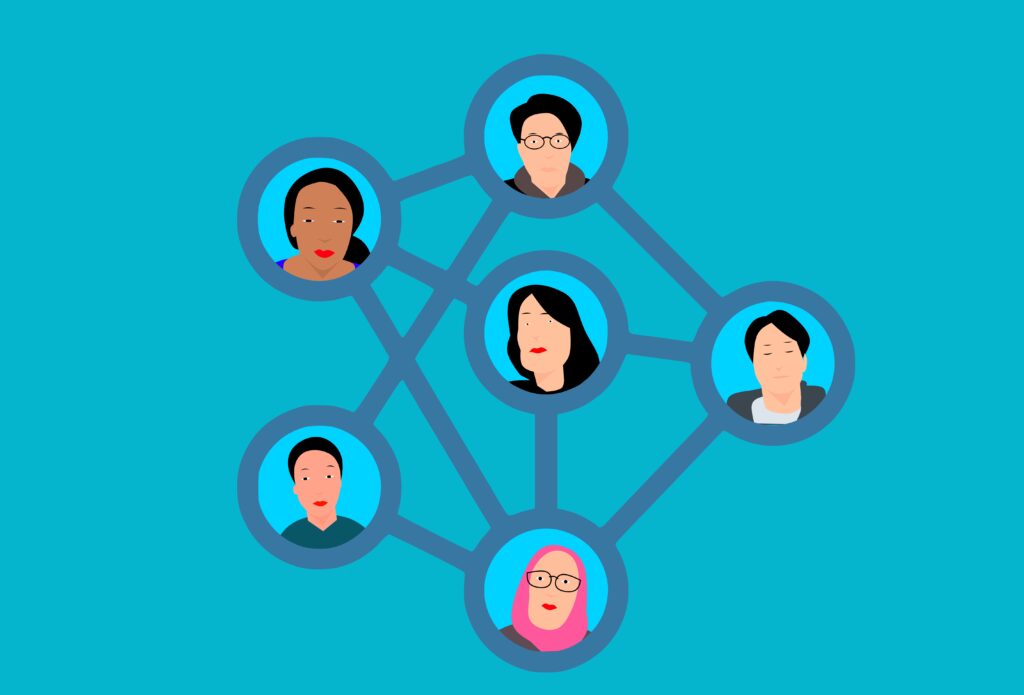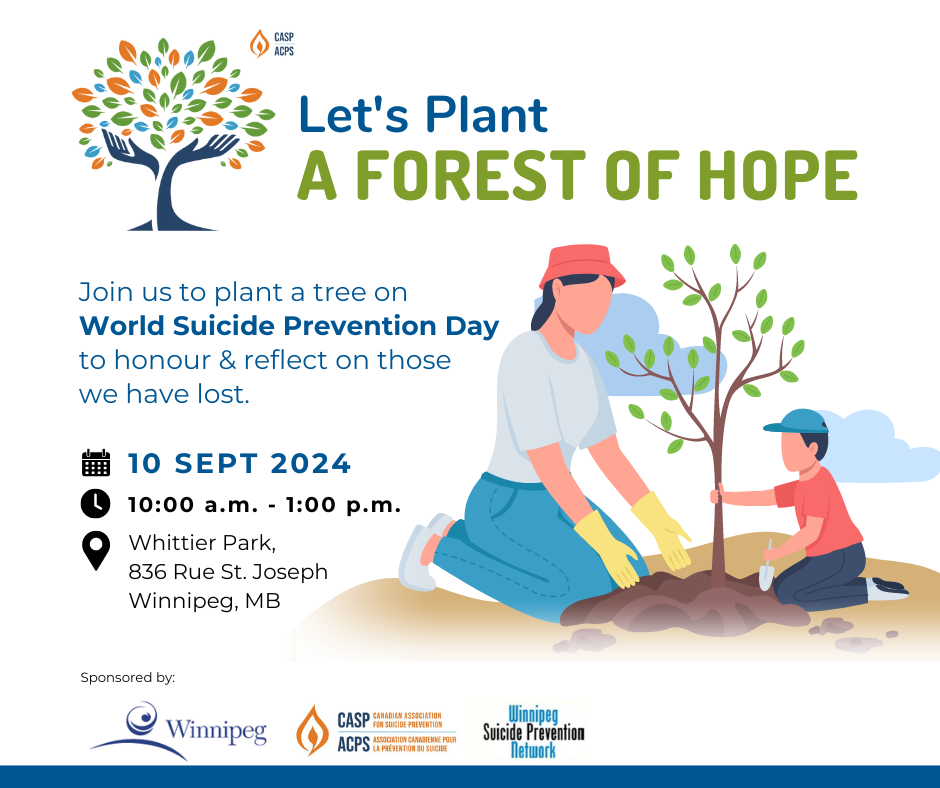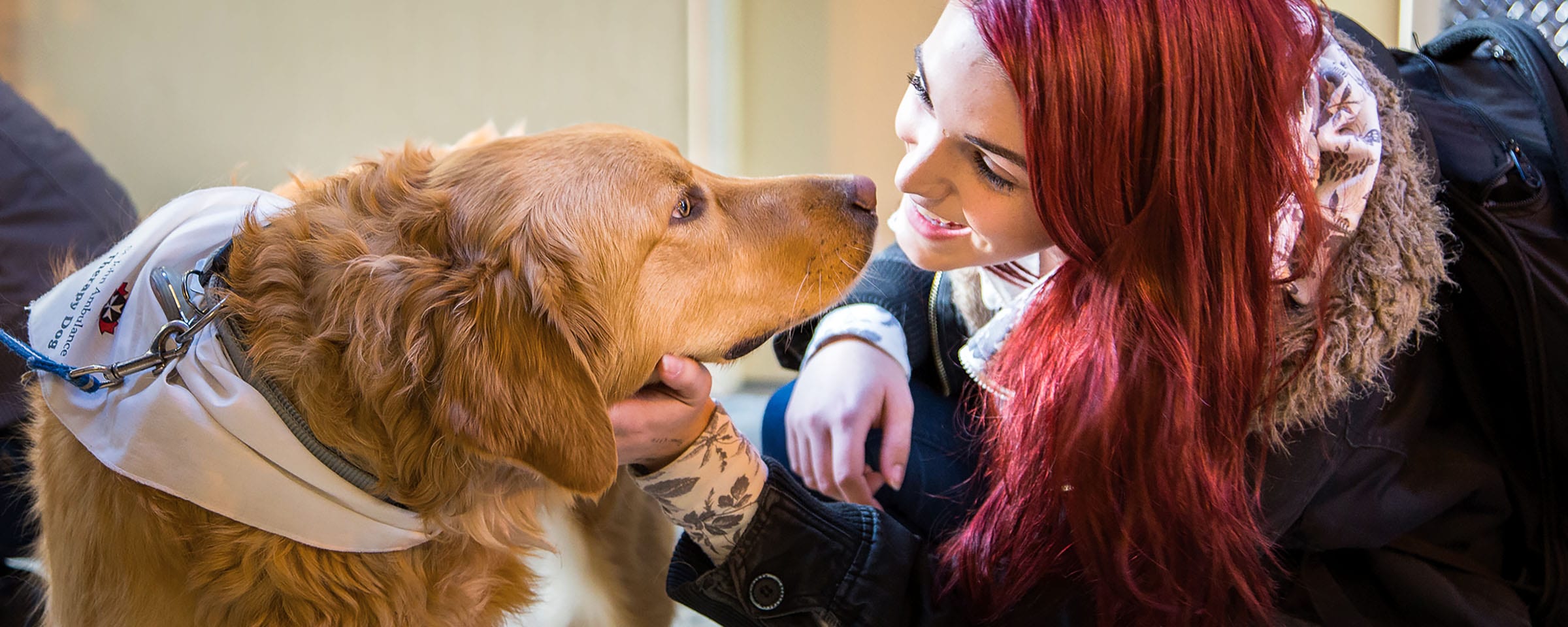World Suicide Prevention Day
Every year on September 10th, people around the world come together to observe World Suicide Prevention Day. This is a day dedicated to raising awareness about suicide, promoting preventative measures, and supporting people who have been affected by suicide.
Understanding the Impact of Suicide

Suicide is a complex issue that can affect anyone, regardless of age, gender, ethnicity, or background. According to the World Health Organization (WHO), as of 2021, more than 700,000 people (about half the population of Hawaii) die by suicide each year. As of 2023, the Public Health Agency of Canada found that every year, approximately 4,500 Canadians die by suicide. For every suicide, there are many more people who have attempted it. The impact of these events on families, friends, and communities is profound and lasting.
Why Might People Consider Suicide?
Suicide is complex because humans are complex. There is never any one reason a person will think about suicide, and each person who considers suicide does so for a unique reason to them. They may also consider it due to an interplay of factors, including psychological, social, biological, and environmental influences. Some of the reasons someone may consider suicide are as follows:
- Stress: this could include relationship issues, financial stress, or academic and work pressure.
- Mental Health Disorders: disorders such as anxiety, depression, bipolar disorder, or post-traumatic stress disorder are all common disorders that may contribute to suicide
- Chronic Pain/Illness: chronic pain, terminal illnesses, and severe physical disabilities can lead to feelings of helplessness and a desire to end the suffering and pain.
- Substance Use: substance use can impair judgment, increase impulsivity, and exacerbate feelings of depression and hopelessness.
- Trauma and Abuse: experiences of abuse can have long-lasting effects on mental health and contribute to thoughts of suicide. Other traumatic events include a traumatic loss, accidents or disasters, war, and conflict, bullying and harassment, racism, or exposure to violence.
- Social Isolation and Loneliness: feeling disconnected from others and lacking a supportive social network can increase the risk for suicide.
- Genetic and Biological Factors: people with a family history of suicide or mental illness can increase the risk of suicide and imbalances of neurotransmitters have been linked to suicide behavior.
- Cultural and Societal Factors: cultural attitude that stigmatizes mental illness and seeking help can prevent individuals from accessing support they need. Additionally, pressure to conform to societal norms and expectations of others can lead to feelings of inadequacy and hopelessness.
Recognizing the Signs

If we want to be more suicide aware, it is important to learn what we might see, hear, or notice about someone who is having thoughts of suicide. People who are considering suicide often show warning signs and any significant change in behavior can be a warning sign for suicide. Some of the warning signs could be:
- Withdrawal from friends and family
- Making final arrangements and selling belongings
- Talking about death, dying, or suicide
- Talking about feeling trapped or feeling that there are no solutions
- Feeling unbearable emotional or physical pain
- Feeling like a burden to others
- Reckless behavior such as drinking and driving
- Acting impulsively when making decisions
- Change in substance use
- Saying “things won’t change” or “I feel trapped”
- Feeling excessive guilt or shame
- Social isolation
We can be more alert to the things we see, hear, and notice when we are sensitive to the people around us, and when we appreciate that anyone can have thoughts of suicide.
Myths About Suicide
There are many myths surrounding suicide due to several reasons, including stigma, shame, lack of education, or fear of suicide. These myths can be harmful, often preventing people from seeking the help they need or offering the support required by those at risk. Some common myths are highlighted below:
- Myth: people who talk about suicide are just seeking attention and will not really do it.
- Fact: A major warning sign for suicide is talking about wanting to hurt or kill oneself. Everyone who talks about suicide needs to be taken seriously.
- Myth: talking about suicide encourages it.
- Fact: Talking to someone considering suicide reduces the risk of attempting suicide as it takes the burden off the person in crisis. A caring conversation can often de-escalate a suicide crisis by providing an opportunity to talk, diminishing the likelihood that the person will carry through with it.
- Myth: only people with mental health disorders think about suicide.
- Fact: While mental health disorders are common risk factors, not everyone who attempts or dies by suicide has a mental health disorder. Life stressors and traumatic events can also lead to suicide thoughts and behaviors in the absence of mental illness.
Priority Populations & Intersectionality

As mentioned earlier, anyone can have thoughts of suicide, however, some groups of people, ‘priority populations,’ experience suicide more. Now just because someone is a part of a priority population does not mean that they themselves carry increased suicide risk. However, priority populations as groups experience higher rates of suicide. It is important to understand the unique risk factors facing these groups so that prevention efforts can be tailored in meaningful ways. Additionally, people sometimes belong to more than one of these groups. This is called intersectionality.
Priority populations include:
- Indigenous Peoples
- Newcomers and racialized populations
- 2SLGBTQIA+ community
- Middle-aged men
- The elderly
Protective Factors
Certain factors or circumstances can guard a person against thinking about suicide and increase their resilience. For each factor, a prevention strategy is listed:
- Effective coping and problem-solving skills
- Strategy: implement workshops and programs that teach coping mechanisms, stress management, and problem-solving skills.
- Reasons for living (for example, family, friends, pets)
- Strategy: encouraging individuals to focus on their personal reasons for living. Mental health professionals can use therapeutic techniques to help individuals identify and strengthen these connections, making them a focal point in their recovery.
- Strong sense of cultural identity
- Strategy: community programs and organizations can celebrate a variety of cultures, particularly cultures of people from minority groups that may not feel recognized.
- Support from partners, friends, and family
- Strategy: Offering peer support groups, opportunities for socializing, and promoting open and non-judgmental communication.
- Feeling connected to others
- Strategy: organizing community events, support groups and social activities to bring people together. Encouraging individuals to participate in social interactions.
- Feeling connected to school, community, and other social institutions
- Strategy: these institutions can create inclusive environments where individuals feel safe and included. For example, a 2SLGBTQ+ Centre or an interfaith room for people to observe prayer.
- Availability of consistent and high quality physical and mental healthcare
- Strategy: making therapy, counselling, and crisis intervention services readily available, accessible, and affordable, especially in underserved areas, such as rural areas.
- Reduced access to lethal means of suicide among people at risk
- Implementing policies and practices that limit access to things that people use to kill themselves such as guns and certain medications.
Everyone has a role to play in suicide prevention. For some this may be reaching out and supporting someone who may need help, learning about the reasons for suicide and how to prevent them, raising awareness of local resources and support systems, or participating in open discussions on mental health in one’s home, school, and place of work.
No matter how you plan to recognize this important day, we encourage you to be a part of the conversation and share how you are joining this collective response. You can play a big part in helping us spread messages of hope to prevent suicide! One way to help raise awareness about this important issue is using the following hashtags in your social media posts:
- #ShareHope #WorldSuicidePreventionDay #WSPD #WSPD2022 #BeTheLight
Suicide Prevention Training Opportunities and Toolkits
For staff and faculty check out safeTALK offerings on HRIS in your HUB.
For students check out training sessions provided by the following organizations:
If you yourself have been struggling with thoughts of suicide or have been affected by the loss of someone to suicide, please reach out for support or check out the toolkits.
Upcoming Events
Join the Winnipeg Suicide Prevention Network for their “Forest of Hope” event on September 10th.

Find out more about the Forest Of Hope event here.
And be sure to check out Campus Well-Being’s Mental Illness Awareness Week Film and Discussion event happening on October 9th, 2024, at NDC. Register here!
